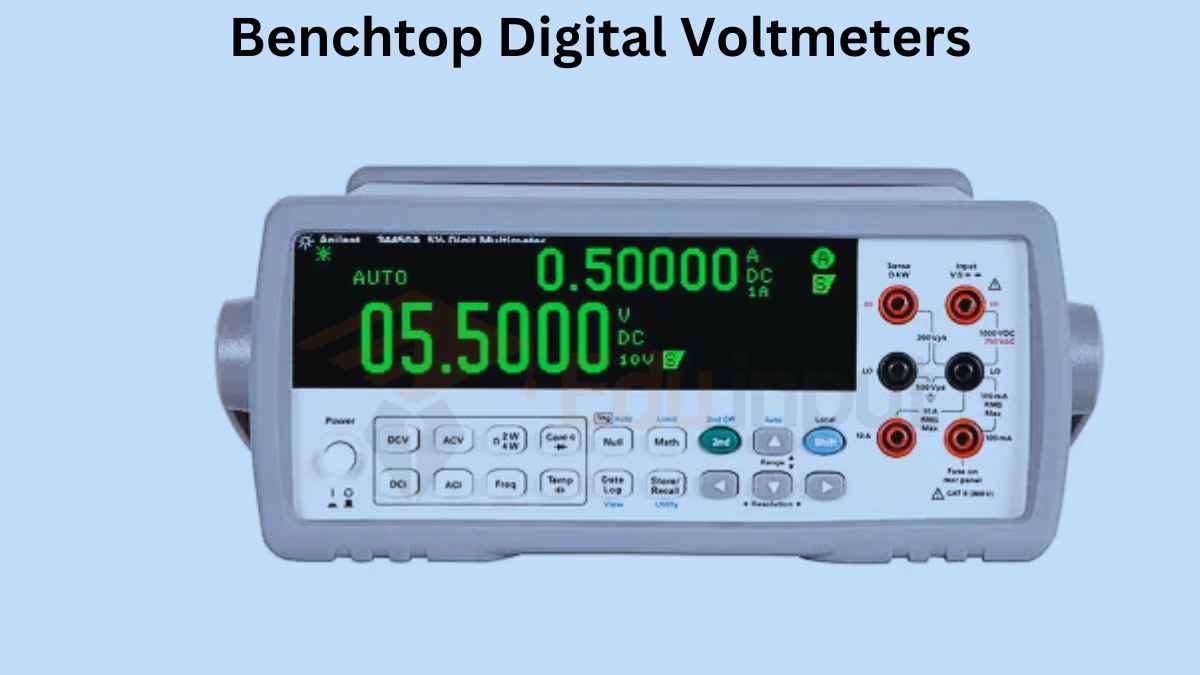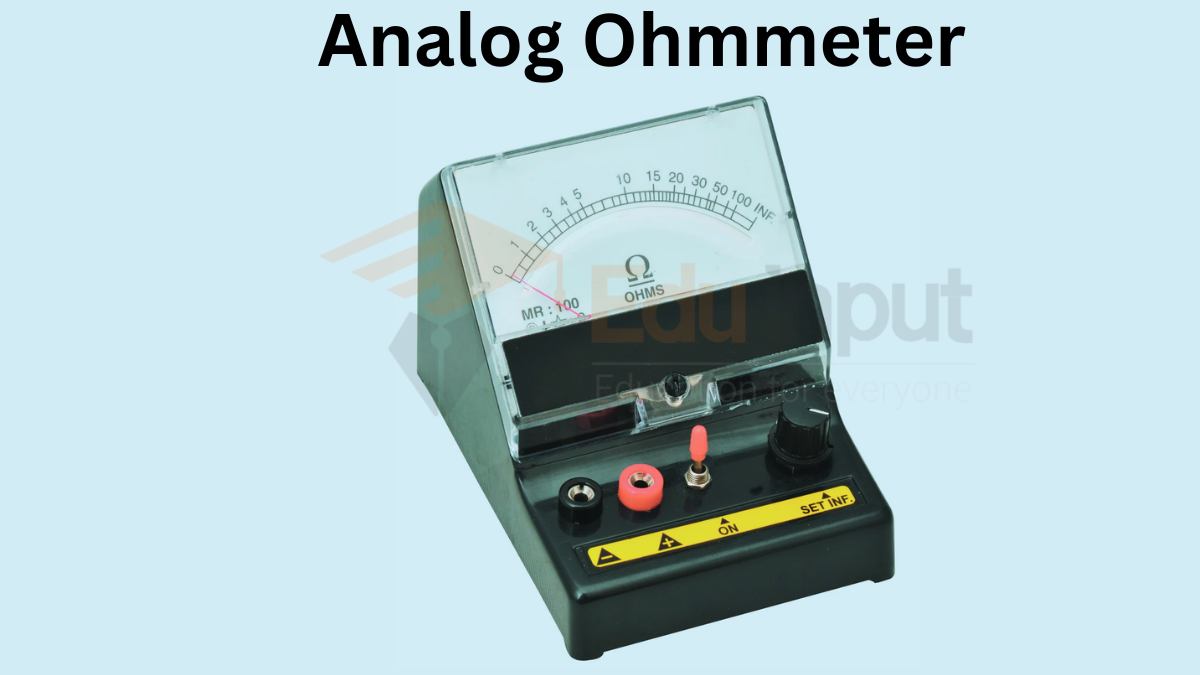DC Motor-Principle, Construction, And Back EMF Effect in DC Motor
DC Motor is An electrical device that converts electrical energy into mechanical energy.
DC Motor
When a current carrying coil is placed in a magnetic field, it experiences a Force. A DC motor is an electrical motor that converts DC electrical energy into mechanical energy. The forces produced by magnetic fields are what most types rely on. Most DC motors have internal mechanisms that change the direction of the current in a part of the motor.
DC Motor Construction
In construction, a D.C motor is similar to a D.C. generator, having a magnetic field, a commutator, and an armature. In the generator, the armature is rotated in the magnetic field and current is the output, whereas, in a DC motor, current flows through the armature, and mechanical work are the output. In a DC motor, the brushes are connected to a D.C. supply or battery.

DC Motor Working
When current flows in the armature call, the force on the conductor produces a torque that rotates the armature. The amount of this torque depends upon the current, the strength of the magnetic field, the area of the coil, and the number of turns of the coil
After half revolution, the torque tends to reverse its direction but at the same time, due to the action of commutators, the direction of the current is also reversed. So the coil continuously rotates in the same direction.
Commutation Problems in DC Motor
The torque vanishes each time the current changes its direction. This creates jerks in the smooth running of the armature. This problem is overcome by using more than one coil wrapped around a soft-iron core. Hence a more steady torque is produced.
Field coils
The magnetic field in the motor is provided by a permanent magnet or an electromagnet. The windings of electromagnets are called the ‘field coils. The field coils may be in series or in parallel to the armature coils.
Types of DC motor
DC motor applications include electric shavers, automobiles, and many more. Due to this wide range of applications, they are classified into different types based on the field winding connections to the armature:
- Self-Excited DC Motor
- Separately Excited DC Moto
Back EMF Effect in DC Motor
The emf induced in the motor which opposes the actual emf is called Back EMF Effect in Motors.
With the increasing speed of the motor, the magnitude of back emf also increases. Since V and ԑ are opposite in polarity.
net emf= V -ԑ
V= applied potential difference
ԑ= induced emf.
If ‘R’ is the resistance of the coil and I is the current drawn by the motor, then by Ohm’s law,
ԑmf =IR
i=ԑmf/R= V- ԑ/R
When the motor is just started, the back emf is almost zero and hence a large current passes through the coil. As the motor speeds up, the back emf increases and the current becomes smaller and smaller. However, the current is sufficient to provide torque on the coil to drive the load and to overcome losses due to friction. If the motor is overloaded, it slows down. As a result, the back emf decreases and allows the motor to draw more current. If the motor is overloaded beyond its limits, the current could be so high that it may burn the motor out.







Leave a Reply